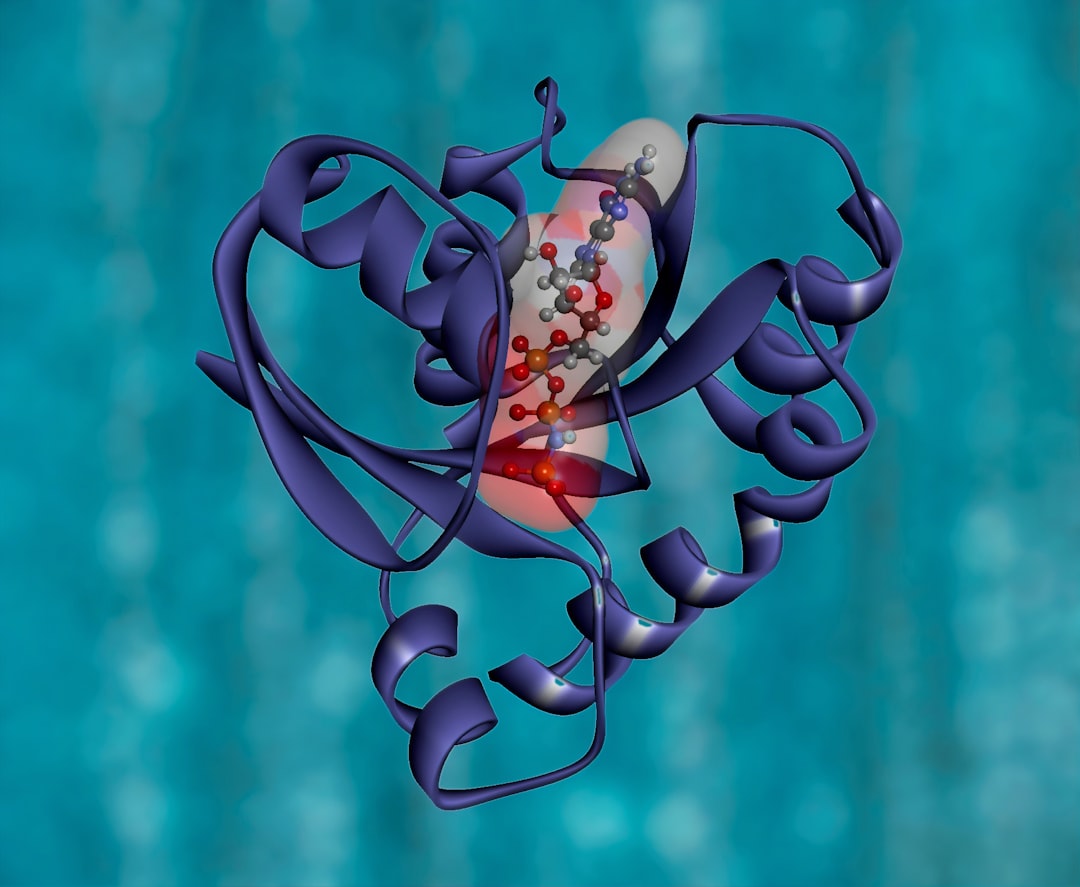What is it about?
In the ongoing battle against drug-resistant tuberculosis, a groundbreaking discovery has emerged, promising a ray of hope for patients worldwide. Tuberculosis, a disease caused by resilient bacteria, has long challenged the medical community due to its ability to resist conventional treatments. However, scientists have unveiled a pioneering method that could transform the way we combat this formidable foe. Traditionally, tuberculosis has been treated with a combination of drugs. The challenge, however, lies in the bacteria's ability to gradually develop resistance, making the treatment process longer and more costly. This new approach, "Cocrystallizing and Codelivering Complementary Drugs " involves combining specific drugs in a way that allows them to be administered together. This synchronized and synergestic attack on the bacteria ensures that all drugs reach their target simultaneously, preventing the development of resistance from the outset. By breaking down the barriers that allow drug-resistant tuberculosis to thrive, this innovative method significantly shortens treatment duration and reduces financial burdens on patients. This breakthrough couldn't have come at a more critical time. With the looming threat of drug-resistant tuberculosis, exacerbated by challenges from the recent Covid-19 outbreak, finding an effective solution is paramount. This revolutionary approach not only promises a more efficient way to treat tuberculosis but also offers a glimmer of hope in the global fight against drug-resistant infections. By shattering the limitations of conventional treatments, this pioneering method marks a new chapter in the battle against tuberculosis, bringing us closer to a future where this disease is no longer an insurmountable challenge.
Featured Image

Photo by CDC on Unsplash
Why is it important?
The significance of the codelivering complementary drugs cannot be overstated in the fight against tuberculosis. By administering specific drugs together in a synchronized and synergistic manner, this innovative method addresses the core challenge of drug resistance. Traditional treatments often fall short as bacteria gradually adapt and develop resistance to individual drugs over time. However, this new approach disrupts this pattern from the outset. The simultaneous and complementary action of drugs prevents the bacteria from gaining resistance, ensuring a more effective and efficient treatment process. This not only leads to a quicker recovery for patients but also significantly reduces the financial burden associated with prolonged treatments. Moreover, by curbing the development of drug-resistant tuberculosis, this method contributes immensely to public health efforts, helping to control the spread of the disease and enhance overall healthcare outcomes for affected individuals and communities.
Perspectives
The development of the innovative concept of "Cocrystallizing and Codelivering Complementary Drugs" has been a profoundly fulfilling journey, promising to revolutionize lives affected by drug-resistant tuberculosis. This method, rooted in the hypothesis of cocrystallizing complementary drugs for their synchronized delivery to targeted bacteria and their synergistic action, not only provides hope for patients but also marks a significant stride in the realm of medical science. Personally, envisioning the positive impact this approach can make on patients and healthcare systems strengthens the belief in faster treatments against multidrug-resistant bacteria, driving the ongoing battle against this pervasive issue. I am hopeful that this publication will not only impart valuable knowledge to the scientific community but also help society from economic constraints, fostering advancements in the fight against drug-resistant tuberculosis and other infectious diseases.
Pathik Sahoo
National Institute for Materials Science
Read the Original
This page is a summary of: Cocrystallizing and Codelivering Complementary Drugs to Multidrugresistant
Tuberculosis Bacteria in Perfecting Multidrug Therapy, Current Topics in Medicinal Chemistry, July 2023, Bentham Science Publishers,
DOI: 10.2174/1568026623666230504094521.
You can read the full text:
Contributors
The following have contributed to this page










